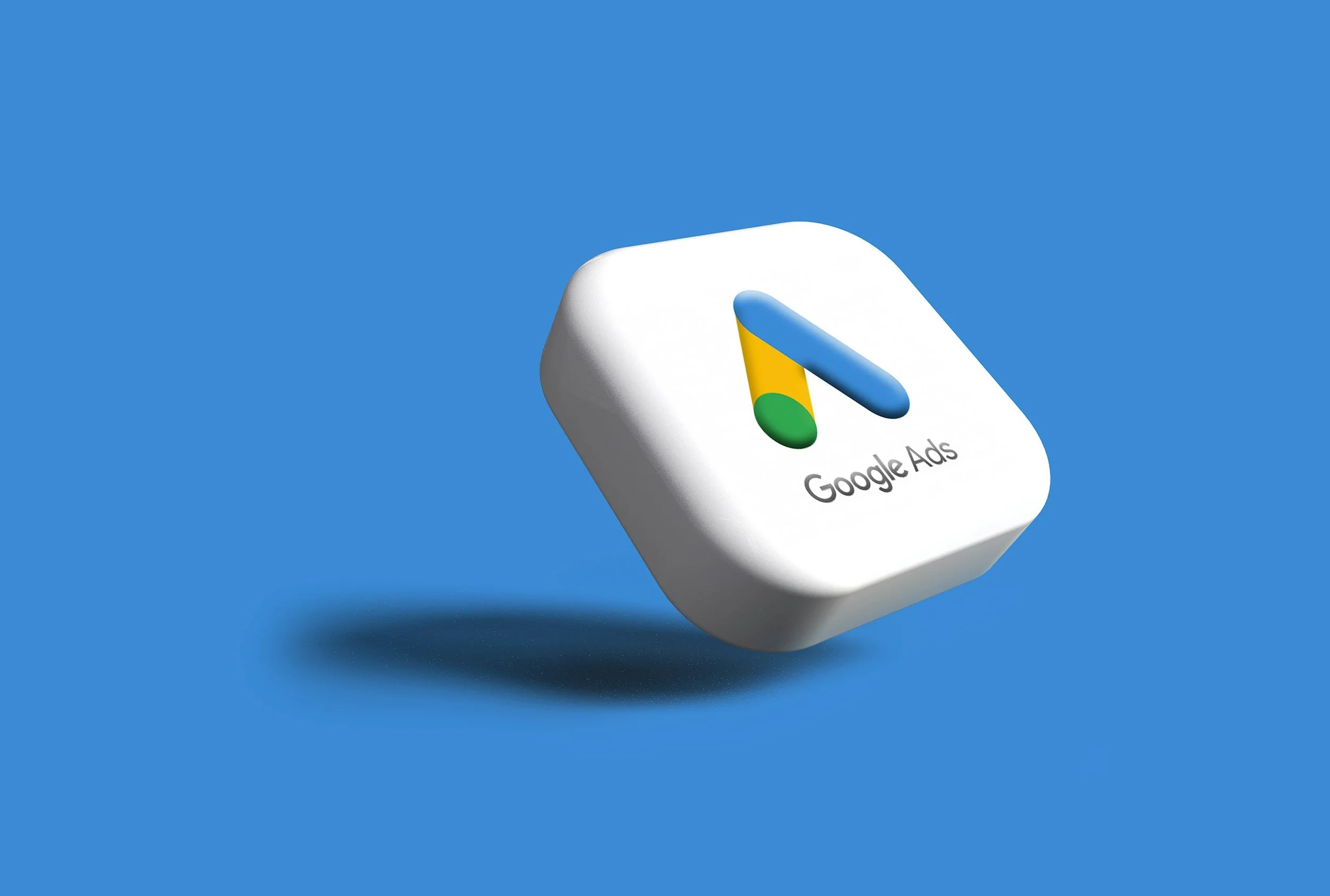What are the most common mistakes in digital marketing?
What are the most common mistakes in digital marketing?
Key Takeaways
Confusing metrics – mixing up ROI with ROAS, misdefining cost per acquisition and ignoring customer lifetime value – leads to poor budgeting and misjudged performance.
Failing to allocate budgets across the entire funnel and relying on ‘set and forget’ campaigns prevents scaling; continuous testing and optimisation are essential.
Lack of marketing fundamentals, chaotic execution, and inadequate tracking hinder success; investing in education, hiring holistic managers and centralising reporting drives long‑term growth.
Digital marketing can be an incredible growth engine for businesses of all sizes, but it’s also rife with pitfalls. The vast world of platforms, metrics, and strategies can be overwhelming, making it all too easy to focus on the wrong KPIs or neglect certain parts of the funnel. In this blog, we’ll dive deep into the most common mistakes in digital marketing, with a particular focus on misunderstanding results, miscalculating Return on Investment (ROI), Return on Ad Spend (ROAS), and overall funnel management. We’ll also explore why platforms like Meta (Facebook/Instagram) and Google Ads—while powerful—are merely tools. Without solid marketing fundamentals, even the most robust platforms can’t guarantee success.
1. Misunderstanding Results and Metrics
1.1 Neglecting the Importance of ROI vs. ROAS
A key mistake in digital marketing is failing to clearly understand the difference between ROI (Return on Investment)and ROAS (Return on Ad Spend). Although both metrics measure profitability, they do so in slightly different ways:
ROI (Return on Investment):
ROI=(Revenue – Cost of Investment)Cost of Investment×100%ROI=Cost of Investment(Revenue – Cost of Investment)×100%
ROI measures the overall profitability of a marketing effort. It includes all costs, not just ad spend (e.g., salaries, software, overhead). It’s a more holistic measure of the effectiveness of your total marketing investment.
ROAS (Return on Ad Spend):
ROAS=Revenue from AdsCost of Ads×100%ROAS=Cost of AdsRevenue from Ads×100%
ROAS looks only at the revenue generated by a specific advertising campaign compared to the direct cost of running that campaign. It provides a narrower view of the performance of your ad spend alone.
Common Pitfall:
Many marketers focus solely on ROAS, pleased with a high return on ad dollars, but fail to factor in the other costs that affect overall profitability (product costs, creative costs, salaries, etc.). This tunnel vision can lead to an overestimation of performance.
How to Fix It:
Calculate both: Always pair ROAS calculations with a comprehensive ROI assessment.
Allocate overhead: Factor in overhead and other indirect costs that support your campaigns.
Use the right metric for the right decision: ROAS can help optimize ad spend efficiency, but ROI is essential for understanding net profitability.
1.2 Inaccurate Understanding of CPA
CPA (Cost Per Acquisition)—or Cost Per Action in some contexts—is a metric that tells you how much you spend to convert one user to a customer (or to a specific action, such as a lead form completion).
Common Pitfall:
Some marketers misjudge CPA by mixing in unclear definitions of “acquisition” (for example, considering someone who downloads a free PDF the same as a paying customer). This leads to misleading data and misguided budgets.
How to Fix It:
Clarify your conversion event: Know exactly what counts as an ‘acquisition.’ If your ultimate goal is paying customers, track actual paying customers, not just sign-ups or newsletter subscribers.
Segment your funnel: Different stages—like email sign-ups, demo requests, and final purchases—have different CPAs. Breaking them down can help you pinpoint exactly where your funnel is thriving or failing.
1.3 Overlooking Lifetime Value (LTV or CLV)
Lifetime Value (LTV) or Customer Lifetime Value (CLV) is the projected revenue a customer will generate during their entire relationship with your brand. It’s crucial for planning long-term profitability.
Common Pitfall:
Marketers sometimes optimize campaigns for a single purchase without understanding the bigger picture. If your customers are likely to make multiple purchases, or have a high potential for upselling, then a higher initial CPA might still yield a strong ROI over time.
How to Fix It:
Measure post-purchase behavior: Track repeat purchase rates, average order values, and customer retention rates.
Segment your customers: Not all customers have the same lifetime value. Identify and focus on high-value segments.
Use LTV in your bidding strategy: When running ads on platforms like Meta or Google, you can factor in LTV to determine acceptable CPAs. If you know a customer is likely to spend a total of $500 over their lifetime, investing more upfront might be worthwhile.
2. Poor Budget Management Across the Funnel
2.1 Ignoring the Full Customer Journey
The customer journey typically moves from awareness (top of the funnel) to consideration (middle of the funnel) and then conversion (bottom of the funnel). Each stage has different goals, strategies, and metrics.
Common Pitfall:
Neglecting top-of-funnel (TOFU) brand awareness campaigns because they don’t yield immediate conversions. This can starve the middle and bottom of the funnel of leads, ultimately causing fewer conversions down the line.
How to Fix It:
Allocate budget proportionally: Ensure that each stage of the funnel has the right amount of resources.
Measure relevant KPIs at each stage: Top-of-funnel might focus on reach or video views, mid-funnel might look at email sign-ups or website engagement, and bottom-of-funnel focuses on conversions.
Create a nurture strategy: Move people from awareness to consideration effectively with email marketing, retargeting ads, and custom audiences.
2.2 Over-Reliance on “Set and Forget” Campaigns
Even if you allocate budgets properly, digital advertising platforms and algorithms constantly evolve, as do consumer behaviors. A campaign that performs well today may underperform tomorrow.
Common Pitfall:
Marketers who rely heavily on “smart” bidding or automated campaign features without continuous oversight often see declining returns. Algorithms learn from data, but they can’t substitute for strategic planning and real-time adjustments.
How to Fix It:
Regularly audit campaigns: Check each campaign’s performance at least weekly, making adjustments to targeting, creative, or bidding as needed.
A/B test systematically: Continually test variations of creatives, headlines, and targeting criteria.
Stay updated on algorithm changes: Platforms like Meta and Google Ads frequently update features; incorporate these changes into your strategy.
3. Lack of Fundamental Marketing Skills
3.1 Platforms Teach Button-Pushing, Not Strategy
Platforms like Meta and Google Ads provide a wealth of tutorials and certifications that teach you how to use their tools, but they don’t necessarily teach core marketing fundamentals such as consumer psychology, brand positioning, and messaging strategy.
Common Pitfall:
Relying on platform tutorials alone leads to campaign operators who know how to click the correct buttons but don’t understand the “why” behind the strategies. This fosters a short-sighted view focused solely on tactics rather than overarching brand growth.
How to Fix It:
Invest in marketing education: Encourage your team (or yourself) to learn foundational marketing principles, whether through courses, books, or mentorship.
Emphasize strategy in hiring: When recruiting agencies or in-house talent, look for people who understand marketing fundamentals, not just the technicalities of ad platforms.
Combine creativity and analysis: Good marketing is part art, part science. Ensuring your team can think creatively about messaging while also interpreting data critically is key.
3.2 Choosing Specialists Over a Competent Marketing Manager
Many companies hire agencies or individuals who specialize in one specific channel—like Facebook Ads or SEO—without considering how these channels fit into the broader marketing strategy.
Common Pitfall:
Fragmenting your marketing efforts among multiple specialist agencies that don’t coordinate with each other can result in disjointed messaging and missed opportunities for synergy.
How to Fix It:
Hire or consult with a marketing manager/director: A professional with a holistic view can coordinate specialists and ensure all channels align with overarching business goals.
Centralize reporting: Consolidate KPIs from all channels to evaluate how each part contributes to overall marketing performance.
Prioritize integrated campaigns: Let your strategies complement one another; for instance, search ads can capture high-intent leads driven by social media brand awareness.
4. Negligence or Incompetence in Strategy Execution
4.1 Disorganized Planning and Execution
Digital marketing requires a structured process, from planning and budgeting to execution and analysis. Without clear workflows, it’s easy to lose track of campaign objectives, budgets, and results.
Common Pitfall:
Starting too many campaigns simultaneously without a proper project management framework. This can lead to budget overspending, missed deadlines, and confusion about roles.
How to Fix It:
Plan thoroughly: Develop a marketing calendar for the entire quarter or year. Identify key launches, promotions, and seasonal campaigns.
Use project management tools: Platforms like Asana, Trello, or Monday.com help keep tasks organized and track budgets.
Regular team check-ins: Consistent communication between creative, analytics, and executive teams ensures everyone is aligned.
4.2 Inadequate Tracking and Attribution
Knowing which channels drive conversions is vital for optimizing ad spend. Yet many marketers either fail to implement proper tracking (e.g., using Google Tag Manager, UTM parameters, or Facebook Pixel) or misinterpret the data.
Common Pitfall:
Not setting up advanced attribution models beyond the default platform settings. This can lead to over-crediting or under-crediting certain channels, thereby misallocating budgets.
How to Fix It:
Implement robust tracking: Use UTMs for every campaign link, and ensure that you have a fully functioning Google Analytics (or GA4) setup.
Explore multi-touch attribution: Single-touch or last-click attribution can oversimplify the customer journey. Consider data-driven or multi-touch models to gain better insights.
Periodic auditing: Regularly review your analytics setup to catch any tracking issues before they skew data.
5. Key Takeaways
Understand Your Numbers:
ROI, ROAS, CPA, and LTV each tell a different story. Use them together for a full picture of your campaign’s profitability.
Misreading or misusing metrics can lead to poor budget decisions.
Balance the Funnel:
Top-of-funnel (awareness) feeds mid-funnel (consideration), which ultimately drives bottom-funnel (conversion) success.
Allocate budgets thoughtfully and maintain active oversight.
Master Marketing Fundamentals:
Button-pushing on Meta and Google Ads is easy. Understanding strategy, customer psychology, and brand positioning is harder—but far more impactful.
Hire (or become) a marketing leader who sees the bigger picture and coordinates specialist efforts.
Maintain Rigorous Processes:
Use project management and clear communication to prevent negligence or confusion.
Set up proper attribution to accurately see where your conversions come from.
Invest for the Long Term:
Short-term wins can be costly if you ignore the lifetime value of customers.
A strategic, holistic approach can sustain growth and profitability.
Conclusion
Digital marketing is a powerful—but complex—toolkit. The most common mistakes often boil down to misinterpretation of metrics, an imbalanced funnel approach, and a lack of foundational marketing knowledge. Platforms like Meta and Google Ads might teach you where to click or how to set up campaigns, but they won’t teach you the underlying principles that truly drive results.
By prioritizing a holistic marketing manager or director with strong strategic insight, you ensure that the technical execution (the “button-pushing”) aligns with an overarching plan. This holistic approach fosters more accurate measurement, better funnel management, and ultimately, a higher return on your total marketing investment.
Remember: Successful digital marketing requires continual learning, testing, and optimizing. With the right mindset and frameworks in place, you can avoid these common pitfalls and unlock the full potential of your online marketing efforts.












